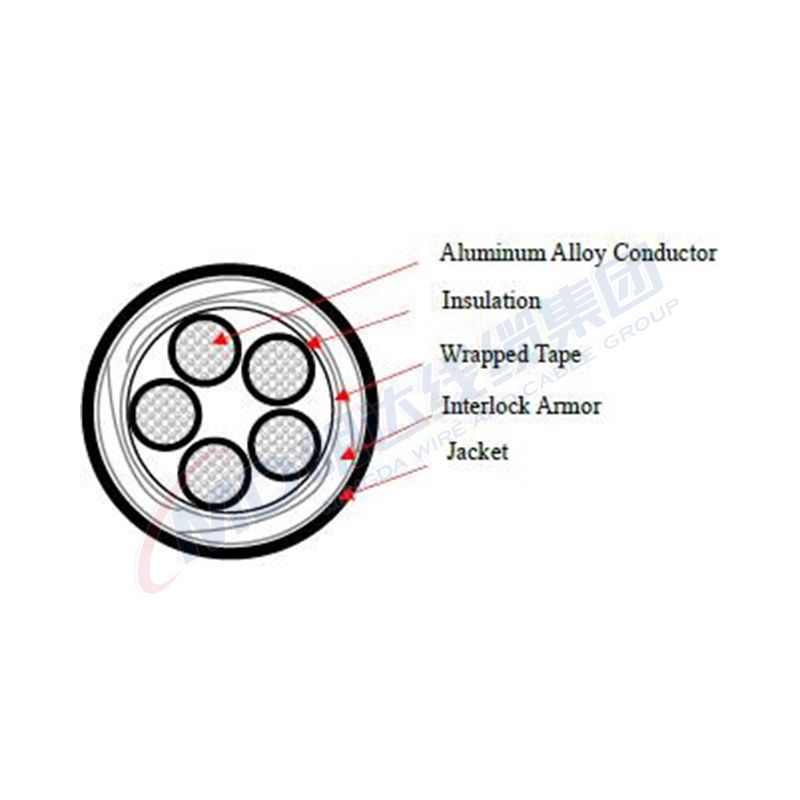ऑगस्ट . 31, 2024 16:47 Back to list
swing check valve
Understanding Swing Check Valves A Comprehensive Overview
Swing check valves are essential components in various fluid handling systems, designed primarily to prevent backflow. Their simplistic yet effective design allows for the automatic operation, relying on the fluid flow to maintain valve function. This article delves into the mechanics, benefits, applications, and maintenance considerations related to swing check valves.
Mechanics of Swing Check Valves
A swing check valve operates using a hinged disc that pivots on a fulcrum. When fluid flows in the forward direction, the pressure pushes the disc open, allowing the flow to pass through. Conversely, when the flow reverses, the disc swings back against the seat, creating a sealing surface that prevents backflow. This straightforward mechanism ensures that the valve does not require any external power source or manual intervention to function.
The construction of the swing check valve typically includes durable materials such as cast iron, stainless steel, or bronze, making them suitable for various operating conditions. The choice of material often depends on the application, including the type of fluid being handled (liquid, gas, or steam) and the environmental conditions (temperature, pressure).
Benefits of Swing Check Valves
One of the primary advantages of swing check valves is their low-pressure drop. Unlike other check valve types, such as lift check valves, swing check valves offer minimal resistance to the flow of fluid, which enhances system efficiency. This feature is particularly beneficial in large pipelines and systems that require high flow rates.
Additionally, swing check valves are generally easier to maintain. Their simple design allows for quick inspection and repairs, often without the need to dismantle the entire system. Regular maintenance can involve checking the seating surface and the disc for wear and tear, ensuring a reliable operational performance over time.
swing check valve

Applications
Swing check valves find applications in various industries, including water treatment, oil and gas, chemical processing, and HVAC systems. In municipal water systems, they help prevent contamination and backflow that could disrupt service or damage equipment. In the oil and gas sector, they are crucial for maintaining pressure and ensuring the safe transport of liquids through pipelines.
This type of check valve is also commonly used in irrigation systems, where they help maintain one-way flow, ensuring that water does not flow back into the supply line.
Maintenance Considerations
To ensure optimal performance, regular maintenance of swing check valves is necessary. Operators should routinely inspect the valve for any signs of wear or damage. Lubrication of the hinge points may also be required to prevent sticking or jamming. If the valve is not functioning properly, it is essential to repair or replace it promptly to avoid potential backflow issues that could lead to system failures or safety hazards.
Conclusion
In summary, swing check valves are vital for maintaining the integrity of fluid handling systems by preventing backflow and improving overall efficiency. Their simple operation, versatility, and ease of maintenance make them a favored choice across various applications. Understanding their functionality and taking proactive maintenance steps can significantly enhance system reliability and longevity.
Share
-
Reliable Wafer Type Butterfly Valves for Every IndustryNewsJul.25,2025
-
Reliable Flow Control Begins with the Right Ball Check ValveNewsJul.25,2025
-
Precision Flow Control Starts with Quality ValvesNewsJul.25,2025
-
Industrial Flow Control ReliabilityNewsJul.25,2025
-
Engineered for Efficiency Gate Valves That Power Industrial PerformanceNewsJul.25,2025
-
Empowering Infrastructure Through Quality ManufacturingNewsJul.25,2025